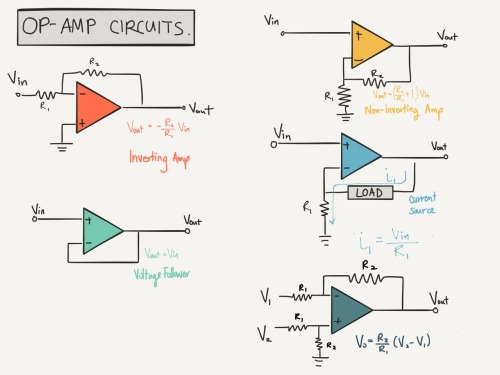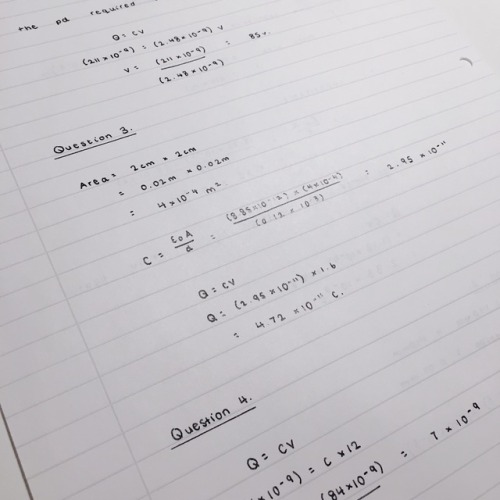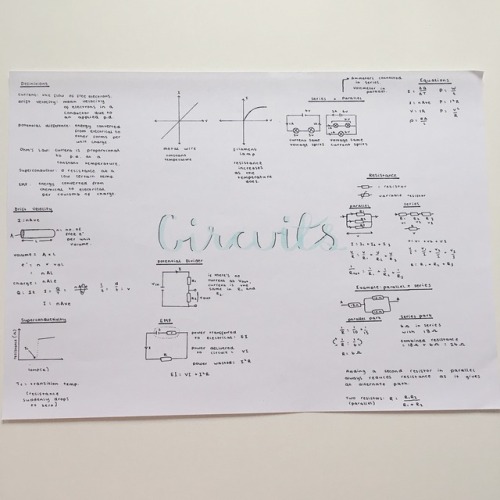#circuits
First integrated laser on lithium niobate chip
For all the recent advances in integrated lithium niobate photonic circuits—from frequency combs to frequency converters and modulators—one big component has remained frustratingly difficult to integrate: lasers.
Long haul telecommunication networks, data center optical interconnects, and microwave photonic systems all rely on lasers to generate an optical carrier used in data transmission. In most cases, lasers are stand-alone devices, external to the modulators, making the whole system more expensive and less stable and scalable.
Now, researchers from the Harvard John A. Paulson School of Engineering and Applied Sciences (SEAS) in collaboration with industry partners at Freedom Photonics and HyperLight Corporation, have developed the first fully integrated high-power laser on a lithium niobate chip, paving the way for high-powered telecommunication systems, fully integrated spectrometers, optical remote sensing, and efficient frequency conversion for quantum networks, among other applications.
Post link
Electronic circuits printed at one micron resolution
A research team consisting of MANA Independent Scientist Takeo Minari, International Center for Materials Nanoarchitectonics (MANA), NIMS, and Colloidal Ink developed a printing technique for forming electronic circuits and thin-film transistors (TFTs) with line width and line spacing both being 1 μm. Using this technique, the research team formed fully-printed organic TFTs with a channel length of 1 μm on flexible substrates, and confirmed that the TFTs operate at a practical level.
Printed electronics – printing techniques to fabricate electronic devices using functional materials dissolved in ink – is drawing much attention in recent years as a promising new method to create large-area semiconductor devices at low cost. Because these techniques enable the formation of electronic devices even on flexible substrates, they are expected to be applicable to new fields such as wearable devices. In comparison, conventional printing technologies allow the formation of circuits and devices with line widths only as narrow as several dozen micrometers. Accordingly, they are not applicable to the creation of minute devices suitable for practical use. Thus, there were high expectations for developing new printing techniques capable of consistently fabricating circuits with line widths of several micrometers or less.
Post link
Researchers create self-assembled logic circuits from proteins
In a proof-of-concept study, researchers have created self-assembled, protein-based circuits that can perform simple logic functions. The work demonstrates that it is possible to create stable digital circuits that take advantage of an electron’s properties at quantum scales.
One of the stumbling blocks in creating molecular circuits is that as the circuit size decreases the circuits become unreliable. This is because the electrons needed to create current behave like waves, not particles, at the quantum scale. For example, on a circuit with two wires that are one nanometer apart, the electron can “tunnel” between the two wires and effectively be in both places simultaneously, making it difficult to control the direction of the current. Molecular circuits can mitigate these problems, but single-molecule junctions are short-lived or low-yielding due to challenges associated with fabricating electrodes at that scale.
“Our goal was to try and create a molecular circuit that uses tunneling to our advantage, rather than fighting against it,” says Ryan Chiechi, associate professor of chemistry at North Carolina State University and co-corresponding author of a paper describing the work.
Post link
Thememristor(/ˈmɛmrᵻstər/; a portmanteauofmemory resistor) was a term coined in 1971 by circuit theorist Leon Chua as a missing non-linear passive two-terminalelectrical componentrelatingelectric charge and magnetic flux linkage.[1] The operation of RRAM devices was recently connected to the memristor concept.[2] According to the characterizing mathematical relations, the memristor would hypothetically operate in the following way. The memristor’s electrical resistance is not constant but depends on the history of current that had previously flowed through the device, i.e., its present resistance depends on how much electric charge has flowed in what direction through it in the past. The device remembers its history—the so-called non-volatility property.[3] When the electric power supply is turned off, the memristor remembers its most recent resistance until it is turned on again.[4][5]
In 2008, a team at HP Labs claimed to have found Chua’s missing memristor based on an analysis of a thin filmoftitanium dioxide;[8] the HP result was published in Nature.[4] The memristor is currently under development by various teams including Hewlett-Packard,SK HynixandHRL Laboratories.[citation needed]
These devices are intended for applications in nanoelectronic memories, computer logic and neuromorphic/neuromemristive computer architectures.[9]Commercial availability of memristor memory has been estimated as 2018.[10]In March 2012, a team of researchers from HRL Laboratories and theUniversity of Michigan announced the first functioning memristor array built on a CMOSchip.[11]
Image: Relations between the four fundamental electronic variables and devices that implement these relations. Vectorised version of File:Memristor.pngbyUser:Linear77. By Parcly Taxel (Own work) [CC BY-SA 3.0 (http://creativecommons.org/licenses/by-sa/3.0)], via Wikimedia Commons
See also
Post link
this took me so long to make, especially because I really struggle with understanding circuits
the little photos are from the great British mini heat wave last week where for a couple of days I actually felt like I was living in New Zealand, it was so warm and amazing
Post link























![rocketumbl:YAMAHA MOTOBOT ver.1[YAMAHA] ✪ Motobot V.1.0 rocketumbl:YAMAHA MOTOBOT ver.1[YAMAHA] ✪ Motobot V.1.0](https://64.media.tumblr.com/35275484372ae7d777d6d0d68b3331ee/tumblr_nwxgulXMUp1sxm4gzo3_500.jpg)
![rocketumbl:YAMAHA MOTOBOT ver.1[YAMAHA] ✪ Motobot V.1.0 rocketumbl:YAMAHA MOTOBOT ver.1[YAMAHA] ✪ Motobot V.1.0](https://64.media.tumblr.com/9e53cbe3e7337f48febda9c0fc0ecfe6/tumblr_nwxgulXMUp1sxm4gzo1_500.jpg)
![rocketumbl:YAMAHA MOTOBOT ver.1[YAMAHA] ✪ Motobot V.1.0 rocketumbl:YAMAHA MOTOBOT ver.1[YAMAHA] ✪ Motobot V.1.0](https://64.media.tumblr.com/31d8f3237dfe091ca78879bfd02df4db/tumblr_nwxgulXMUp1sxm4gzo2_500.jpg)
![rocketumbl:YAMAHA MOTOBOT ver.1[YAMAHA] ✪ Motobot V.1.0 rocketumbl:YAMAHA MOTOBOT ver.1[YAMAHA] ✪ Motobot V.1.0](https://64.media.tumblr.com/80fab5b426f52fc1cd2cf4b78dd6f502/tumblr_nwxgulXMUp1sxm4gzo4_500.jpg)